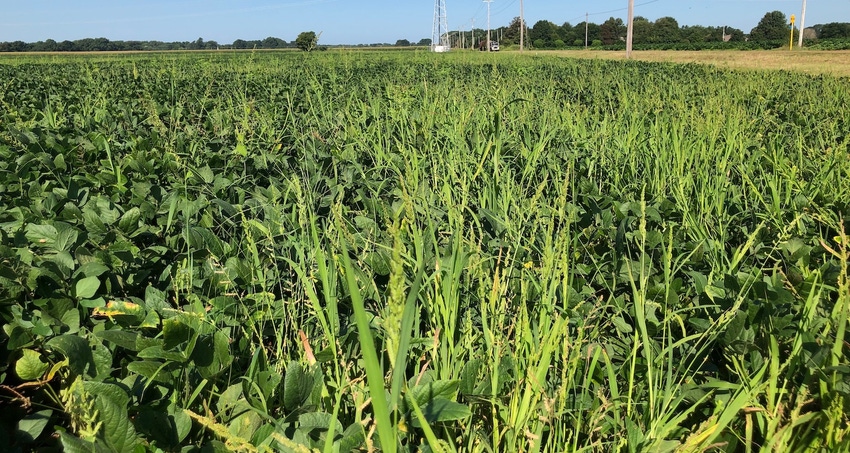
A new study by the University of Tennessee Institute of Agriculture suggests dicamba is reducing the effectiveness of both glyphosate and clethodim to control junglerice. Featured in the journal Weed Technology, the recent study explores the prevalence of junglerice in cotton and soybean crops and whether dicamba interferes with the effectiveness of herbicides used to control the weed.
"We found glyphosate plus dicamba mixtures reduced junglerice control by 25 percentage points compared with glyphosate alone,” said Clay Perkins, a member of the UTIA research team. “Clethodim plus dicamba provided 6.5 percent less control than with clethodim alone."
In recent years, junglerice has become a significant problem in dicamba-resistant cotton and soybean fields. In Tennessee, for example, growers routinely find populations of the weed that escape applications of dicamba plus glyphosate and/or clethodim - two "go to" herbicide controls.
In the multi-year study, researchers from the UTIA found junglerice was the most prevalent weed to escape treatment in the dicamba-resistant cotton and soybean fields. In 2018 and 2019, junglerice escapes were found in screened fields 76% of the time and 64% of the time, respectively.
To determine if dicamba was antagonizing glyphosate and clethodim junglerice control, a field study was initiated at a location where preliminary data suggested glyphosate would control the weeds. Results showed the addition of dicamba to glyphosate reduced junglerice control 25% compared with glyphosate alone. A similar result also occurred where clethodim + dicamba provided 6.5% less junglerice control than with clethodim alone. These data suggest that part of the junglerice escapes in dicamba-resistant crops could be due to dicamba antagonizing the glyphosate and clethodim
Junglerice has a long-documented history of developing resistance to herbicides, and glyphosate-resistant junglerice has been documented in Tennessee. Herbicides such as glyphosate (on non-resistant populations), clethodim, sethoxydim, and quizalofop are used to provide junglerice and barnyardgrass control in soybean and cotton.
“It is important to manage these herbicides and herbicide classes properly to minimize the risk of evolving further herbicide resistance,” said Clay Perkins, a member of the UTIA research team. “Any herbicide recommendation resulting in antagonism between two herbicide products is not an effective resistance management strategy.”
For further information, the article "Survey of Glyphosate-Resistant Junglerice Accessions in Dicamba-Resistant Crops in Tennessee" is now available online.
About the Author(s)
You May Also Like






